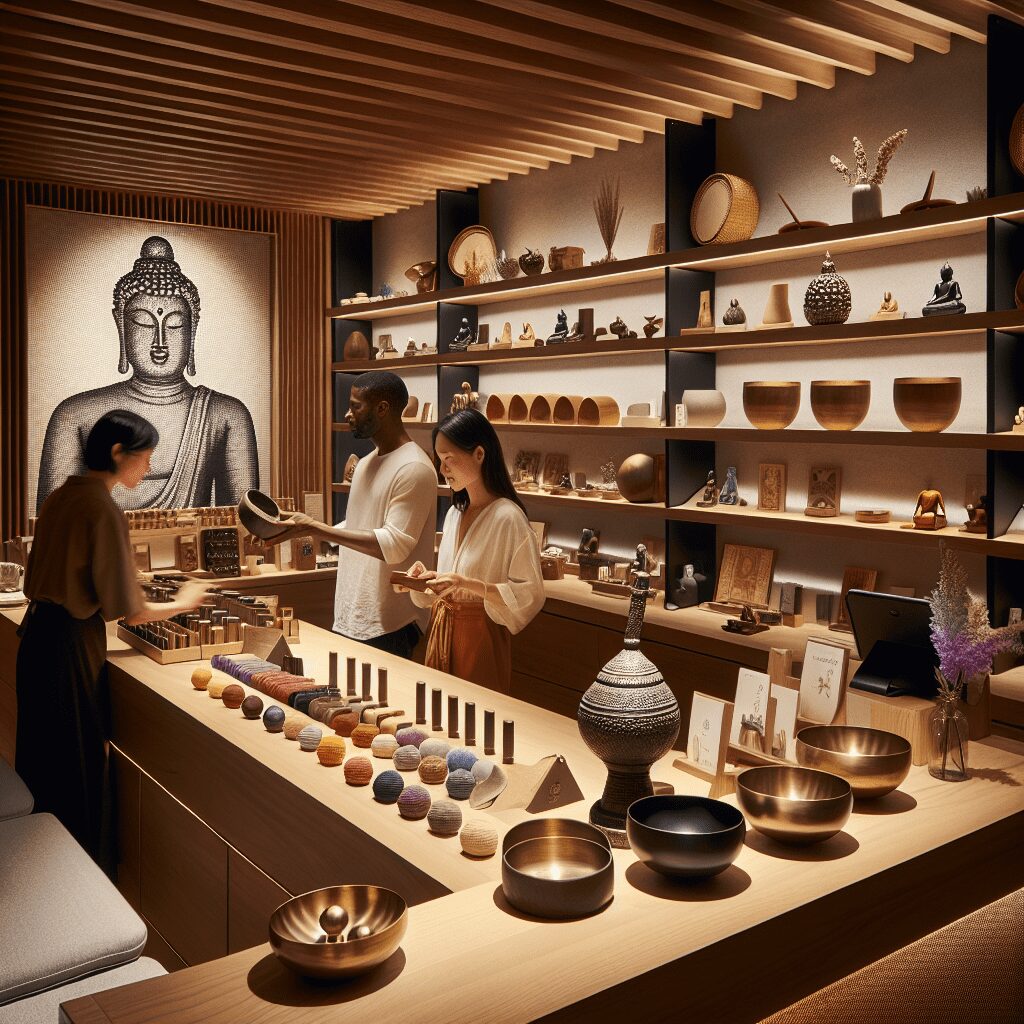
Prioritize your mental well-being daily. Enhance your life by nurturing your mental health with the Smart Meditation app. Break free from stress, alleviate anxiety, and enhance your sleep quality starting today.
Does Coloring Help Reduce Stress?
Unraveling the Palette: The Therapeutic Essence of Coloring
In the whirlwind of modern life, stress seems to be an unwelcome companion for many. Amidst the hustle and bustle, finding tranquility may seem like searching for a needle in a haystack. However, what if I told you that the simplicity of coloring, an activity many of us associate with the carefree days of childhood, could be an unexpected ally in your quest for calm? Let’s dive into the vibrant world of coloring to discover why it could be your next go-to stress buster.
The Science Behind the Serenity
Sure, coloring might seem like child’s play at first glance, but there’s a heap of science backing its benefits for adults too. Far from being just a pastime, engaging in this activity is akin to embarking on a journey to tranquility, and here’s why:
- Flipping the Stress Switch Off: Coloring is akin to meditation in the way it encourages your brain to switch off from other thoughts, creating a state of calm. It requires a blend of concentration and creativity, which together, coax your brain into a meditative state. This process reduces the chatter in your mind and lowers your body’s stress levels.
- Engaging the Entire Brain: Get this, when you’re engrossed in selecting the perfect shade of azure for the sky or the lush green for the trees, both hemispheres of your brain are in action. The logical part of your brain is handling the coloring within the lines, while the creative part picks the colors. This full-brain engagement is a fantastic way to give your mind a balanced workout.
- Mindfulness in Motion: By focusing on the present moment – which color to choose, how to apply it, which area to color next – you’re practicing mindfulness. This practice can lead to significant decreases in symptoms of anxiety and depression, making coloring a delightful tool for mental health management.
Implementing Coloring into Your Daily Routine
Incorporating coloring into your daily routine doesn’t require an upheaval of your current lifestyle, nor is it a time-consuming affair. Here are some tips to get you started:
- Start Small: You don’t need to allocate hours; just a 10-15 minute coloring session can provide some decompression after a long day. Make it a habit, and you’ll begin to notice the difference.
- Keep a Coloring Book Handy: Whether it’s in your living room for a quick evening session or in your bag for your commute, keep a coloring book and some pens or pencils nearby. The more accessible it is, the more likely you are to reach for it.
- Mix It Up: Who said coloring has to be monotonous? Experiment with different mediums — pencils, markers, gel pens — or try various coloring books themes (mandalas, landscapes, abstract forms). Variety is the spice of life, after all.
But wait, there’s more! Coloring also offers an avenue for personal expression, a chance to reconnect with oneself, and an opportunity to revel in a sense of accomplishment upon completing a piece. These emotional benefits, in conjunction with the psychological ones, make coloring not just an activity but an enriching experience.
In closing, if your stress levels are painting a bleak picture, perhaps it’s time to brush off the skepticism and give coloring a chance. It’s affordable, it’s therapeutic, and hey, you might just uncover a hidden talent for combining colors in ways you never imagined. After all, in the palette of stress management techniques, coloring is a hue too beneficial to overlook. Let’s color our way to serenity, one shade at a time.





